Septic System Maintenance Schedule
Septic system maintenance is essential for proper function and longevity. Scheduling septic service at appropriate times can prevent costly repairs and system failures. Regular inspections and pumping are recommended based on usage, household size, and system type.
Spring is an ideal time for septic service, especially after heavy winter use. It helps identify issues caused by seasonal changes and prepares the system for increased summer activity.
Fall is another optimal period for septic inspections. It ensures the system is ready for holiday gatherings and increased water usage during colder months.
Most systems benefit from routine maintenance every 3 to 5 years, depending on household size and usage patterns.
Septic service should be scheduled after construction or landscaping projects that may disturb the system.
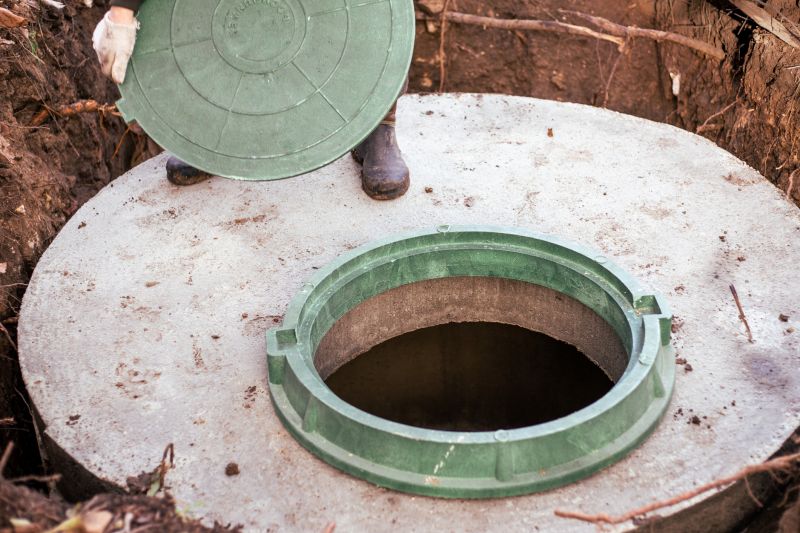
Regular inspections help identify potential issues early and maintain system health.
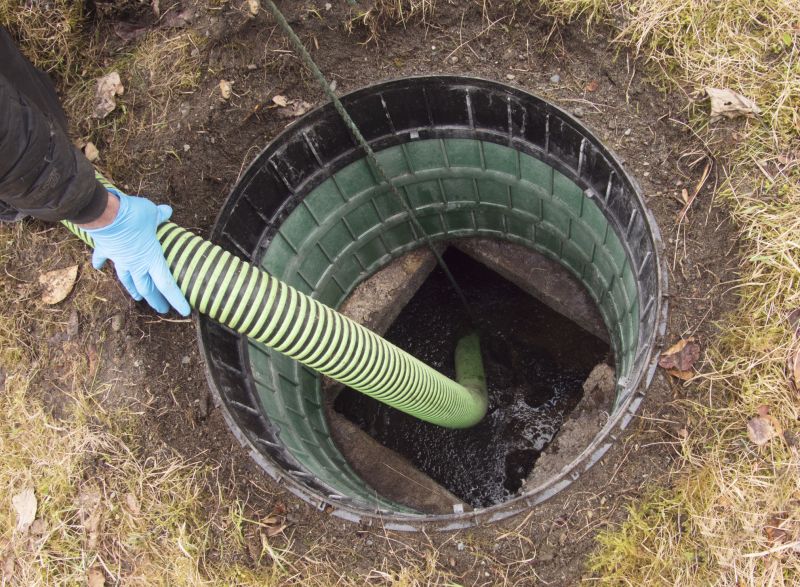
Pumping removes accumulated solids, preventing blockages and system damage.

Proper care of the drain field extends its lifespan and ensures effective waste dispersal.
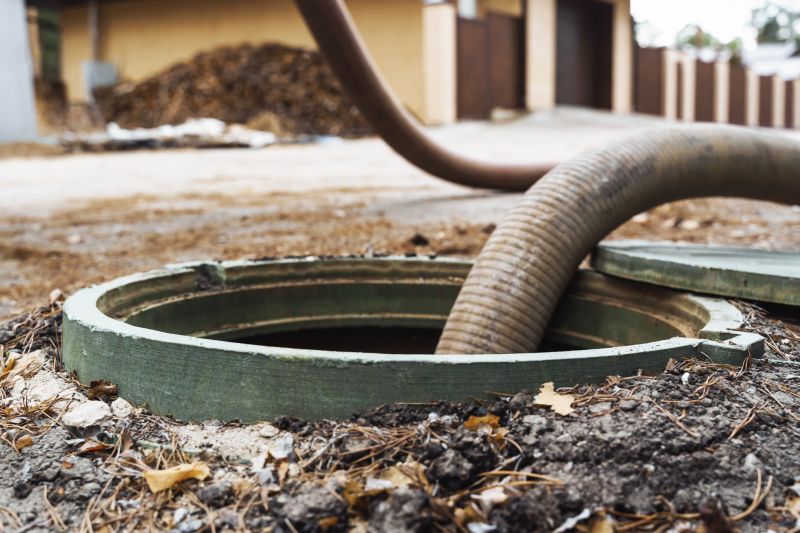
Ways to make Septic Service work in tight or awkward layouts.
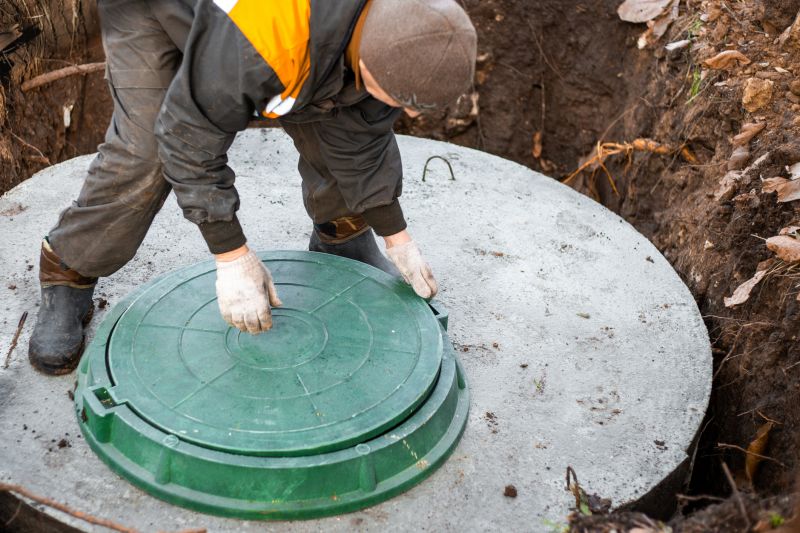
Popular materials for Septic Service and why they hold up over time.

Simple add-ons that improve Septic Service without blowing the budget.
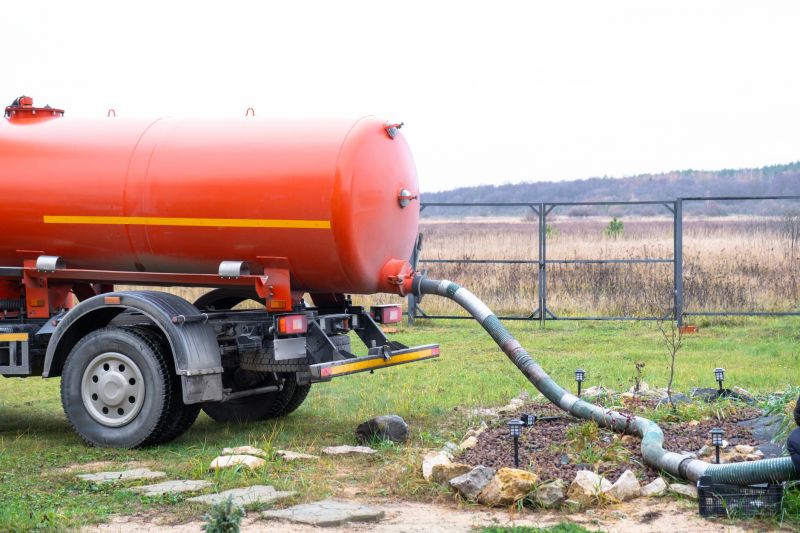
High-end options that actually feel worth it for Septic Service.
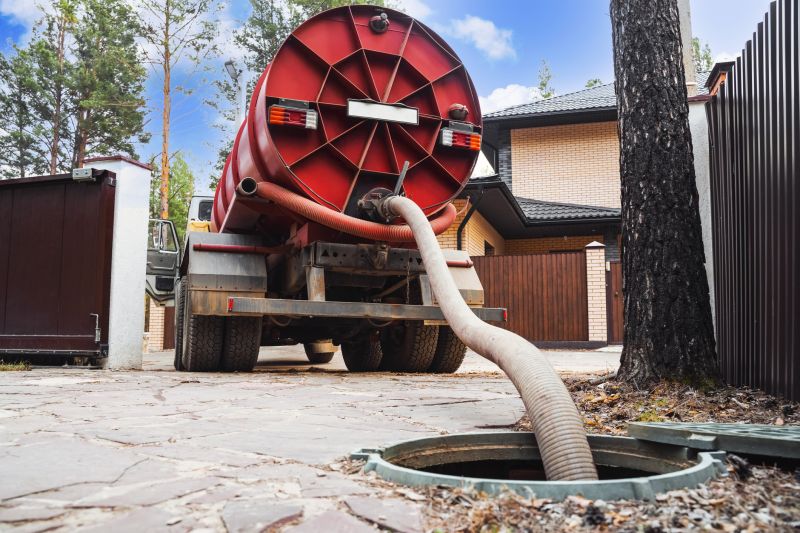
Finishes and colors that play nicely with Septic Service.
| Season | Recommended Septic Service Activities |
|---|---|
| Spring | Inspection and pumping after winter, check for leaks. |
| Summer | Monitor water usage, avoid heavy loads. |
| Fall | Final inspection before winter, clear drain field. |
| Winter | Limit water use if freezing temperatures threaten system. |
| Post-Construction | Inspection after landscaping or construction work. |
Septic systems are vital for wastewater management in areas without centralized sewer connections. Proper maintenance involves regular inspections, timely pumping, and addressing issues promptly. Statistics indicate that neglecting septic service can lead to system failure, costly repairs, and environmental hazards. Routine care extends the lifespan of a septic system, which typically lasts 20-30 years with proper maintenance.
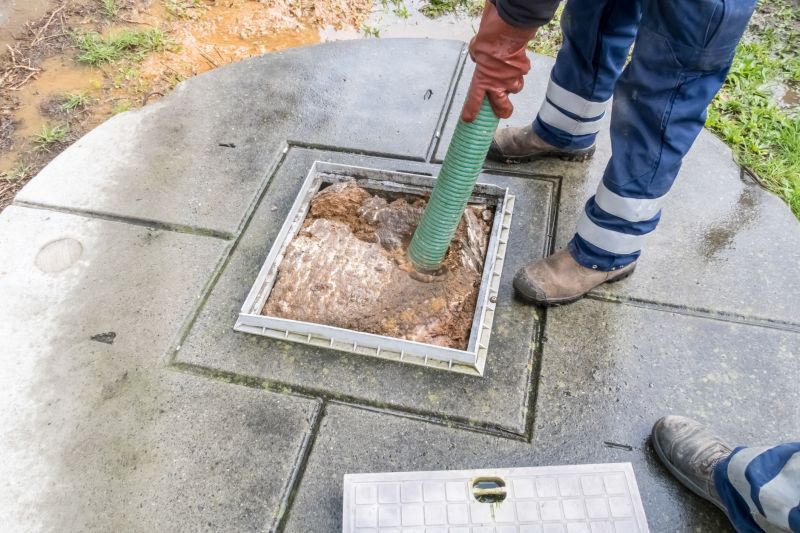
Removing sludge buildup to maintain system efficiency.
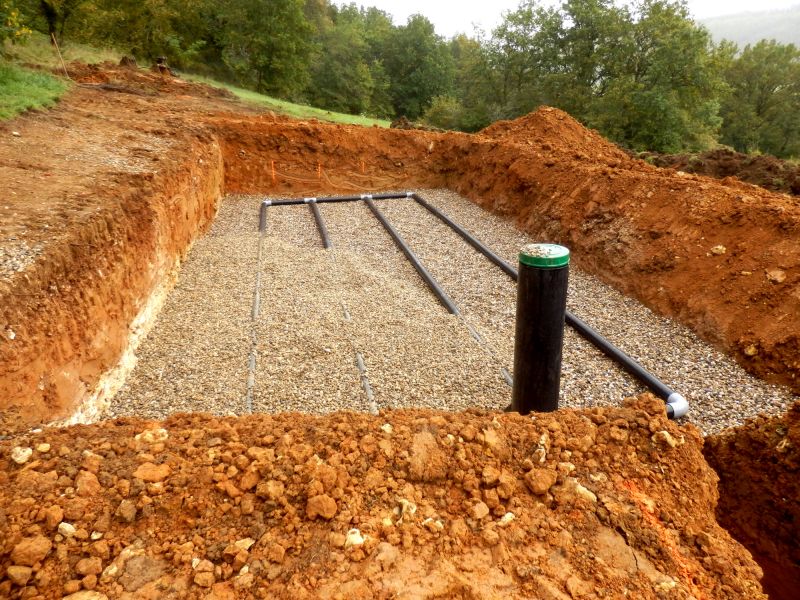
Ensuring proper waste dispersal and preventing backups.
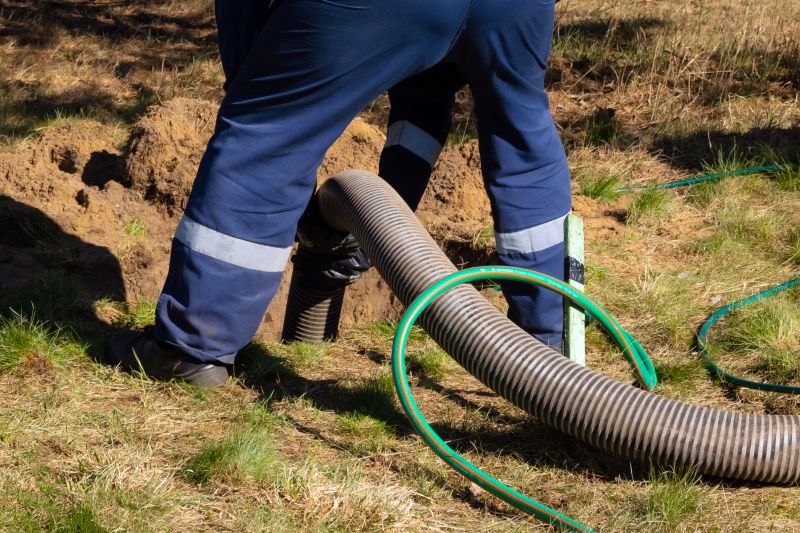
Little measurements that prevent headaches on Septic Service day.
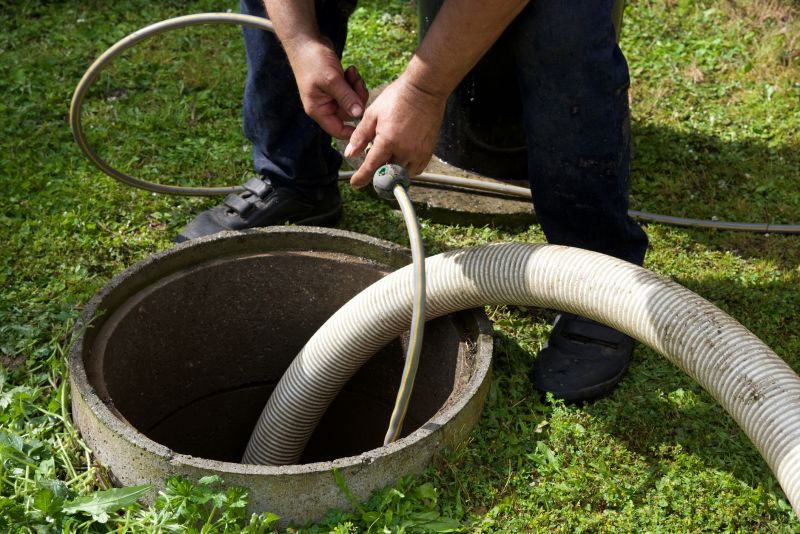
A 60-second routine that keeps Septic Service looking new.

Routine checks help avoid unexpected failures.

Regular cleaning prolongs system lifespan.

Proper landscaping prevents damage.
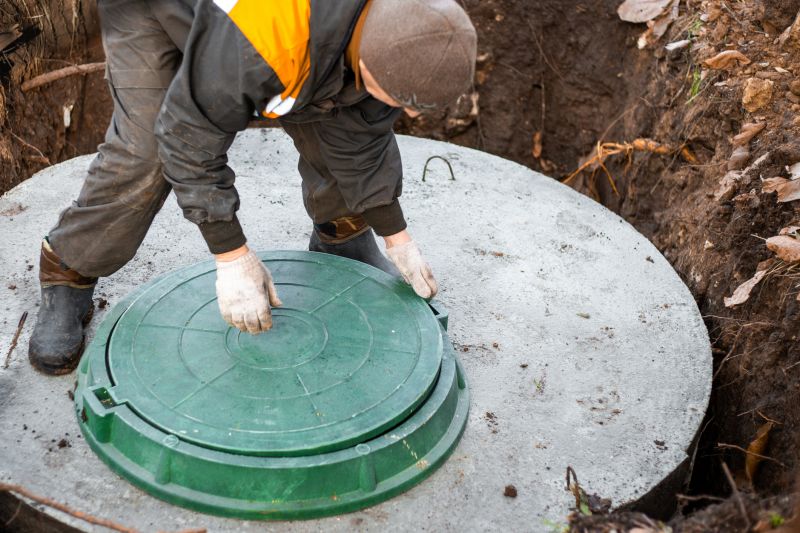
Timely repairs prevent costly replacements.
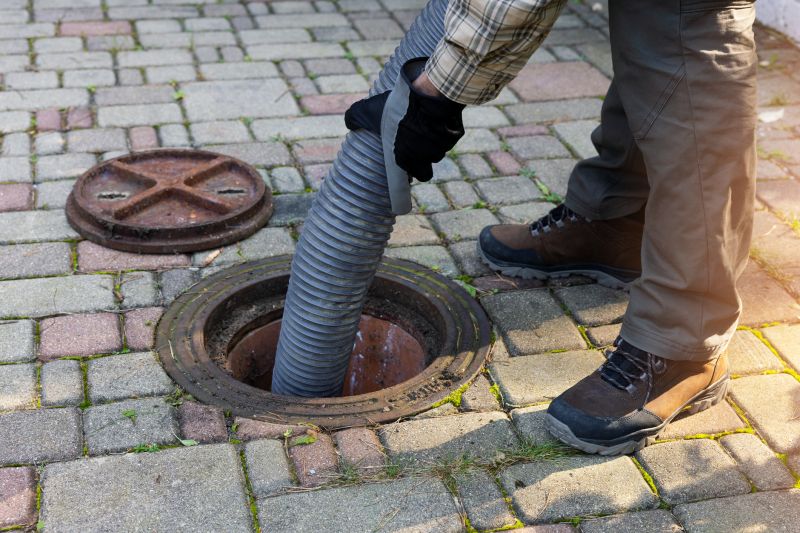
A frequent mistake in Septic Service and how to dodge it.
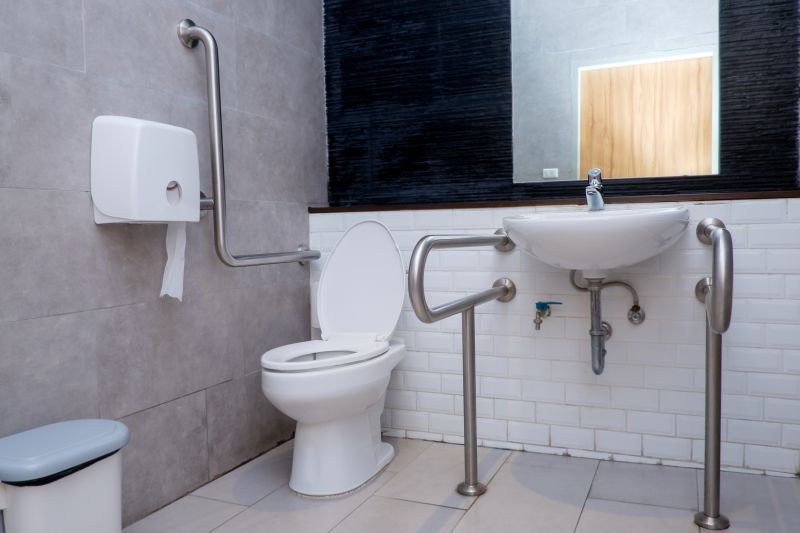
Small tweaks to make Septic Service safer and easier to use.

Lower-waste or water-saving choices for Septic Service.
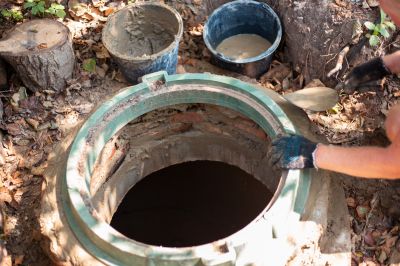
The short, realistic tool list for quality Septic Service.
Interested in scheduling septic service or learning more about maintenance options? Filling out the contact form can provide additional guidance and help ensure the longevity and proper functioning of a septic system in San Ramon, CA.

